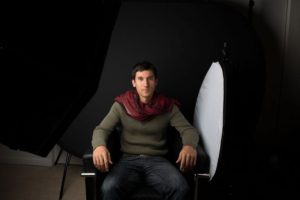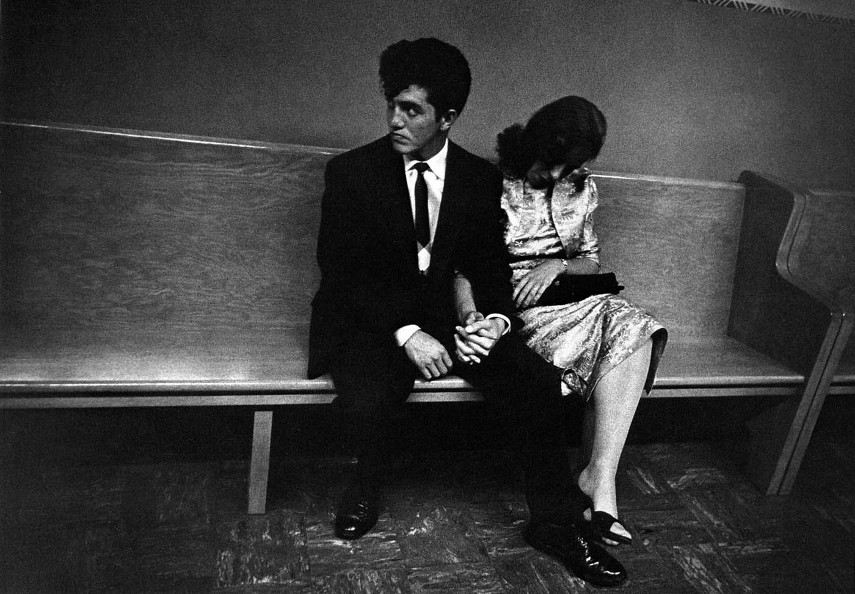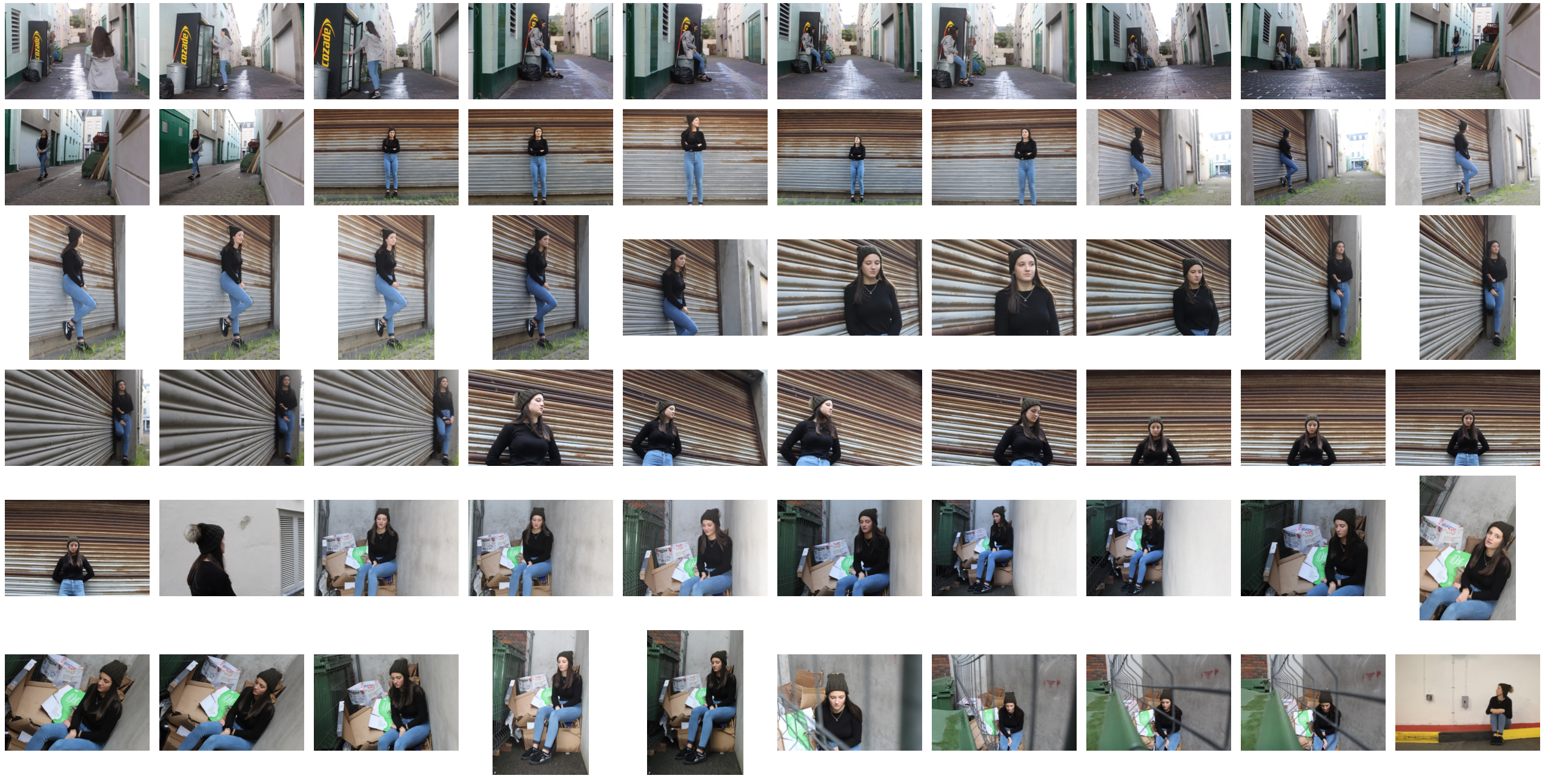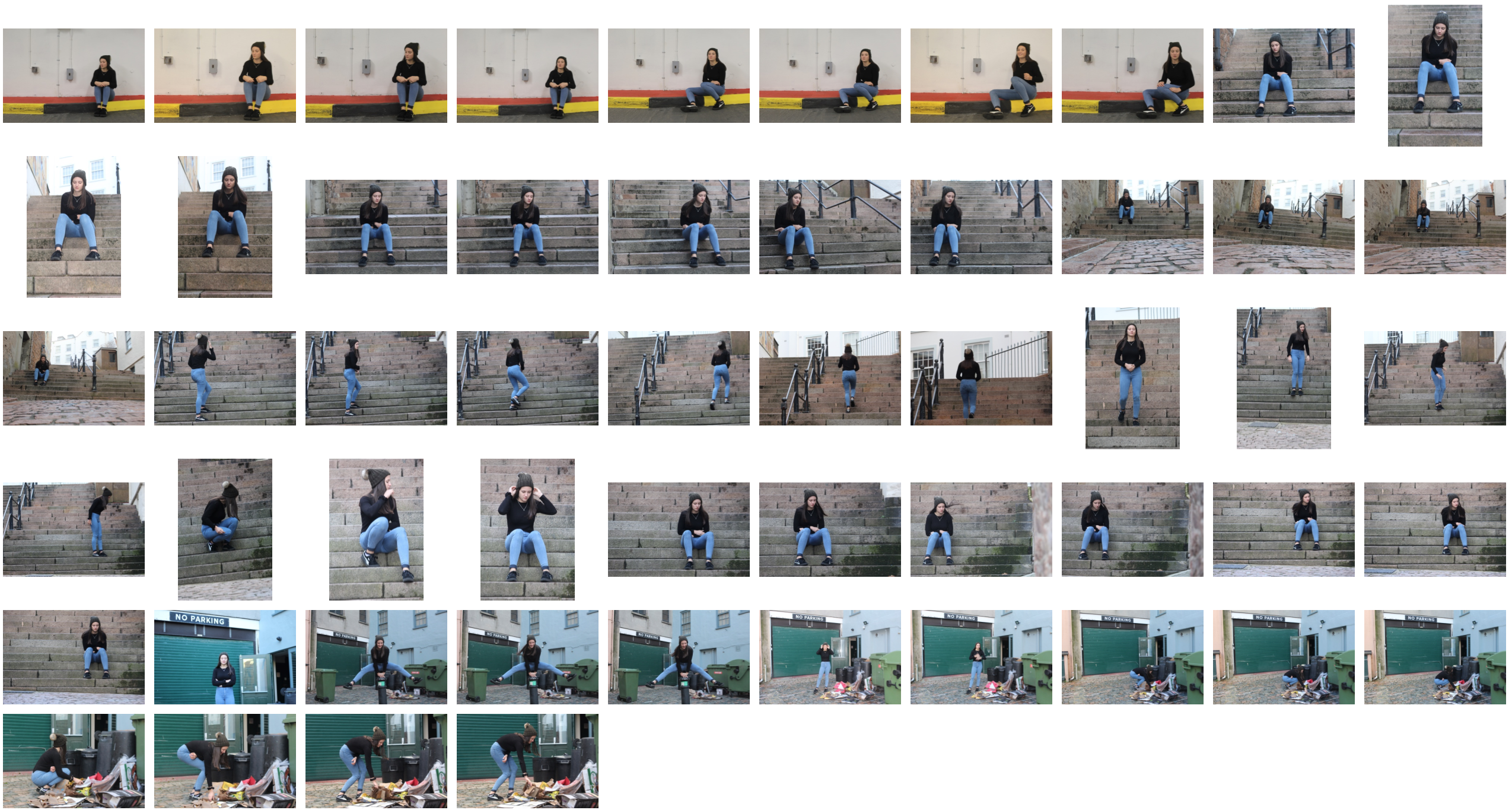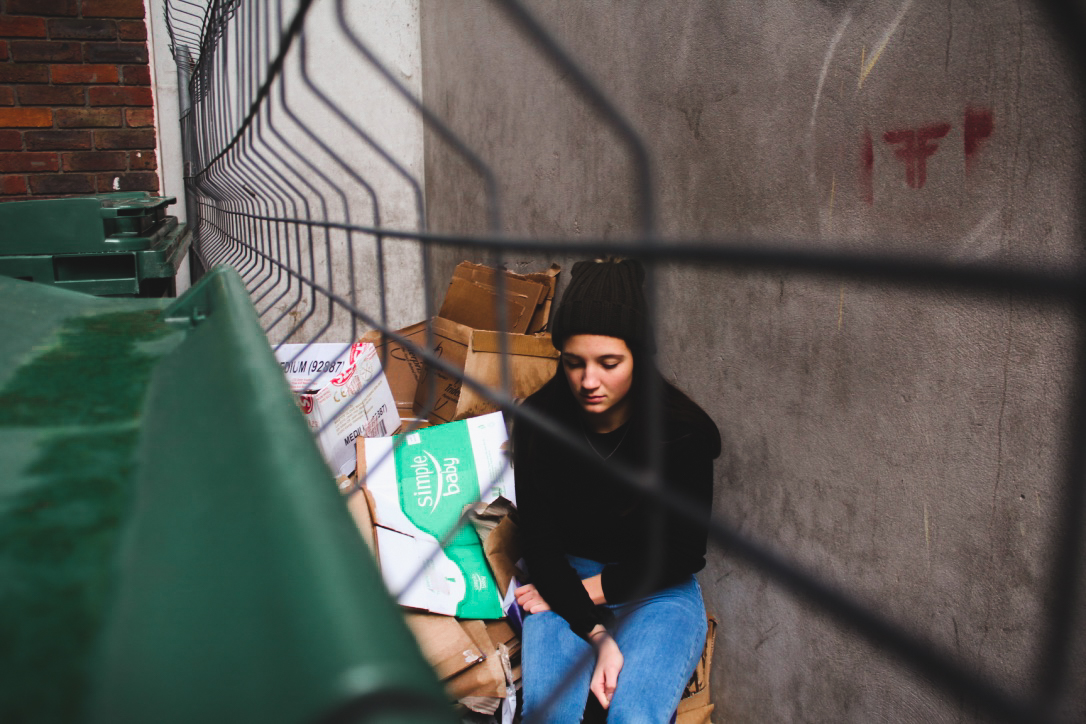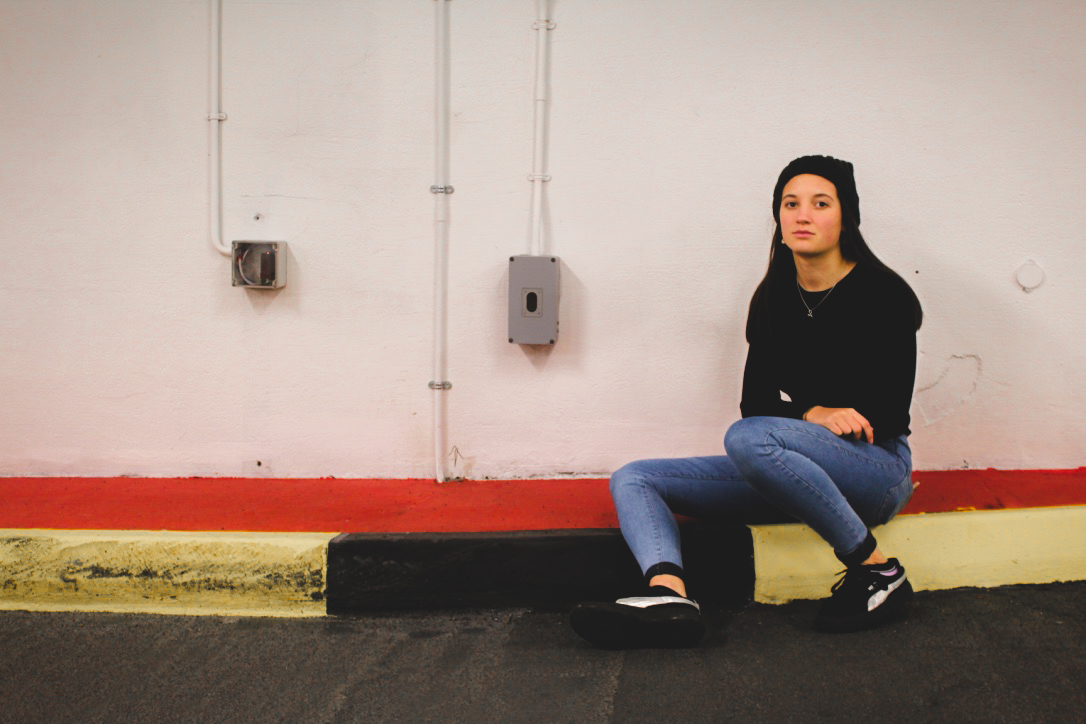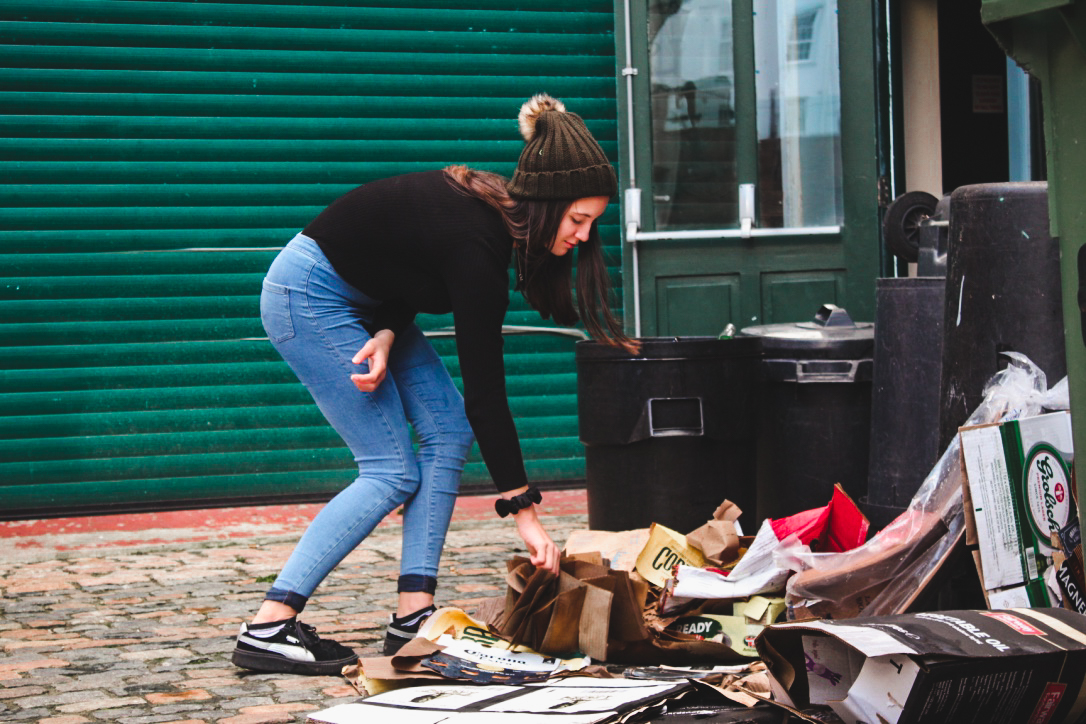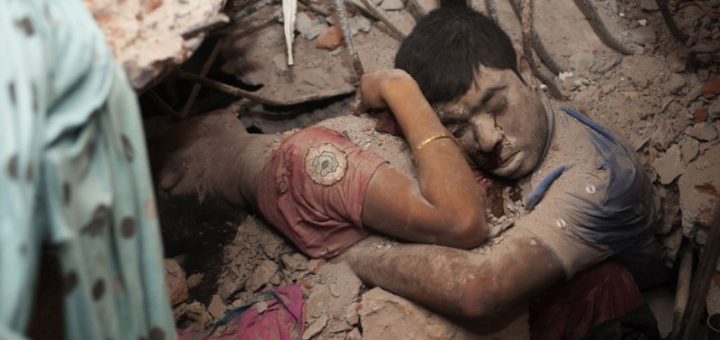Concept : Rankin on “beautiful portraits”

Exploring Technique
Natural Light
Remember >>>Photography is completely dependent on the availability of light.
In most cases we can make use of natural or available / ambient light…but we must be aware of different kinds of natural light and learn how to exploit it thoughtfully and creatively…
- intensity of the light
- direction of the light
- temperature of the light and white balance
- Using reflectors (silver / gold)

- Using diffusers , tissue paper, coloured gels, tracing paper etc
- Front / side / back lighting
- High Key / low key lighting
- Shadows / silhouettes
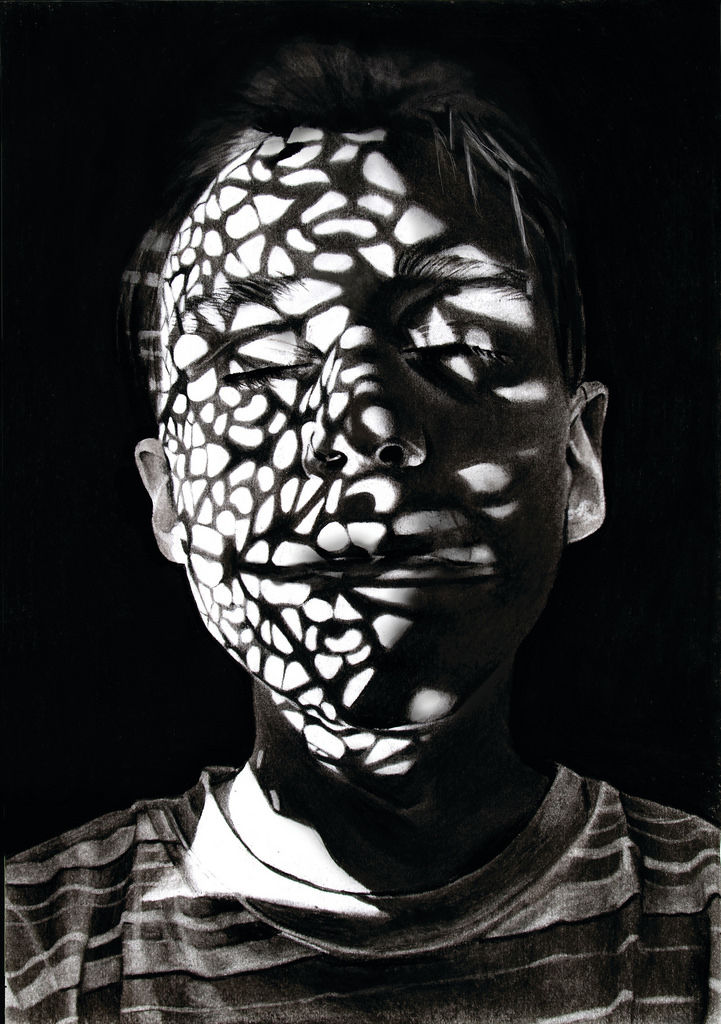

Studio Lighting
Using artificial lighting can offer many creative possibilities…so we will explore
- size and shape of light
- distance from subject to create hard / soft light
- angles and direction…high, low, side lighting
- filtered light
- reflectors and diffusers
- key lighting, fill lighting, back lighting, 3 point lighting
- softboxes, umbrella lights, spot lights and floodlights
- chiarascuro and Rembrandt lighting
- high key and low key lighting techniques
- backdrops and infinity curves
An example of “bouncing” the flash to soften the effects and create a larger “fill” area…try this wherever there are white walls/ ceilings
Using Flash
Flash units offer a range of possibilities in both low and high lighting scenarios…we will explore
- flash “bouncing”
- fill-in flash
- TTL / speedlight flash
- remote / infra-red flash (studio lighting)
- fast + slow synch flash
- light painting c/w slow shutter speeds
Evidence of Your Learning
During this weeks we would expect all students to complete 2-3 blog posts detailing how you are experimenting with various lighting techniques eg CHIARASCURO / REMBRANDT LIGHTING
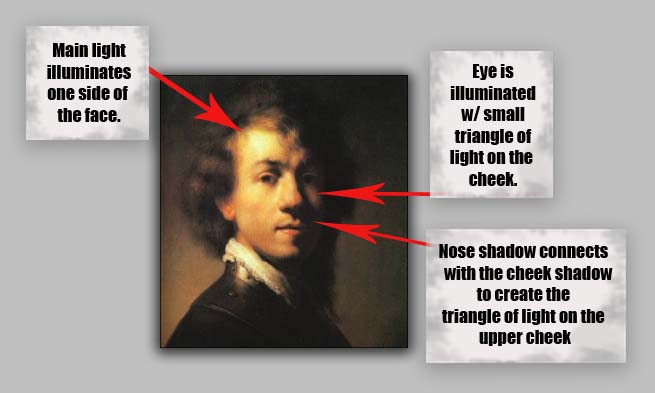
Add information / links showing how Chiarascuro has been used since the Renaissance in painting…but also how it used now in photography and film
You must describe and explain your process with each technique…add your images to your blog as you progress, print off your successful images and evaluate your process using technical vocab and analysis skills. Think carefully about the presentation of your ideas and outcomes…compare your work to relevant portrait photographers as you go eg
Annie Leibovitz, Irving Penn, Rankin, Richard Avedon, Yousef Karsh, David Bailey, Mario Testino, Steve McCurry, Jill Greenberg, etc
Expected Final Outcomes this Week
- Case Study and Practical Responses to Rankin
- 1 x Final Portrait using natural light + analysis and evaluation
- 1 x Final Portrait using artificial light (1, 2 + 3 point lighting) + analysis and evaluation
- 1 x Final Portrait using flash + analysis and evaluation
Make sure you ANSWER THESE QUESTIONS IN YOUR BLOG
- Why do we use studio lighting?
- What is the difference between 1-2-3 point lighting and what does each technique provide / solve
- What is fill lighting?
- What is spill lighting?
- What is Chiarascuro ? Show examples + your own experiments
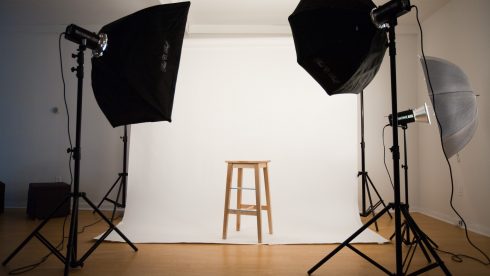
Try a range of techniques…like this to adapt your lighting
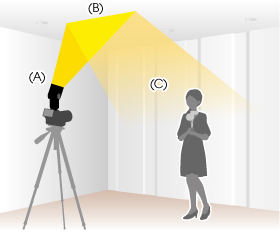
Or use light painting techniques…
- Slow Shutter speeds (1/30th sec or BULB setting)
- Illuminate an area / person with a torch , car headlights etc…
HOMEWORK
Refer to your tracking / planning sheet
- You must complete a range of studio lighting experiments and present your strongest ideas on a seperate blog post
- Remember to select only the most successful images
- You should be aiming to produce portraits that show clarity, focus and a clear understanding of a range of lighting techniques
- Editing should be minimal at this point…we are looking for your camera skills here

